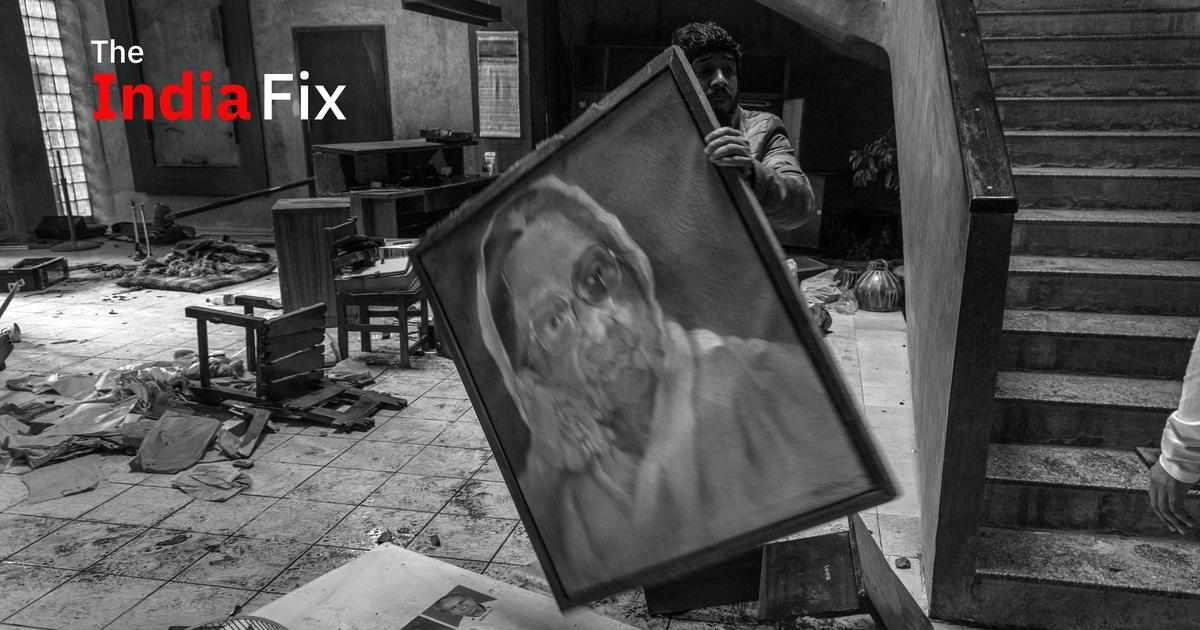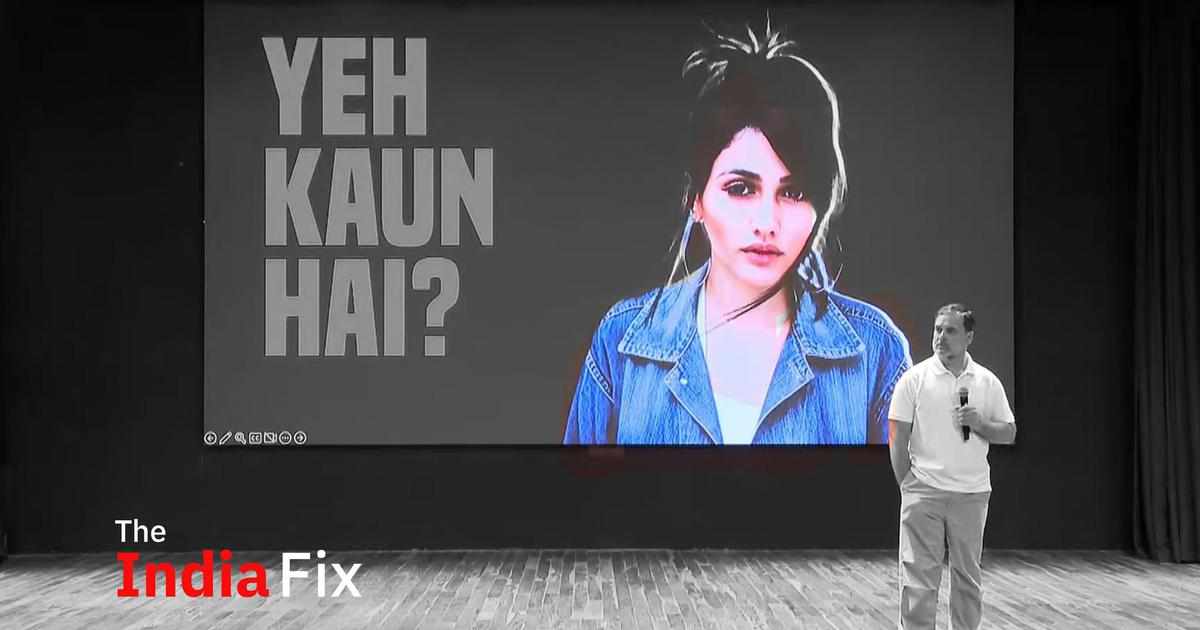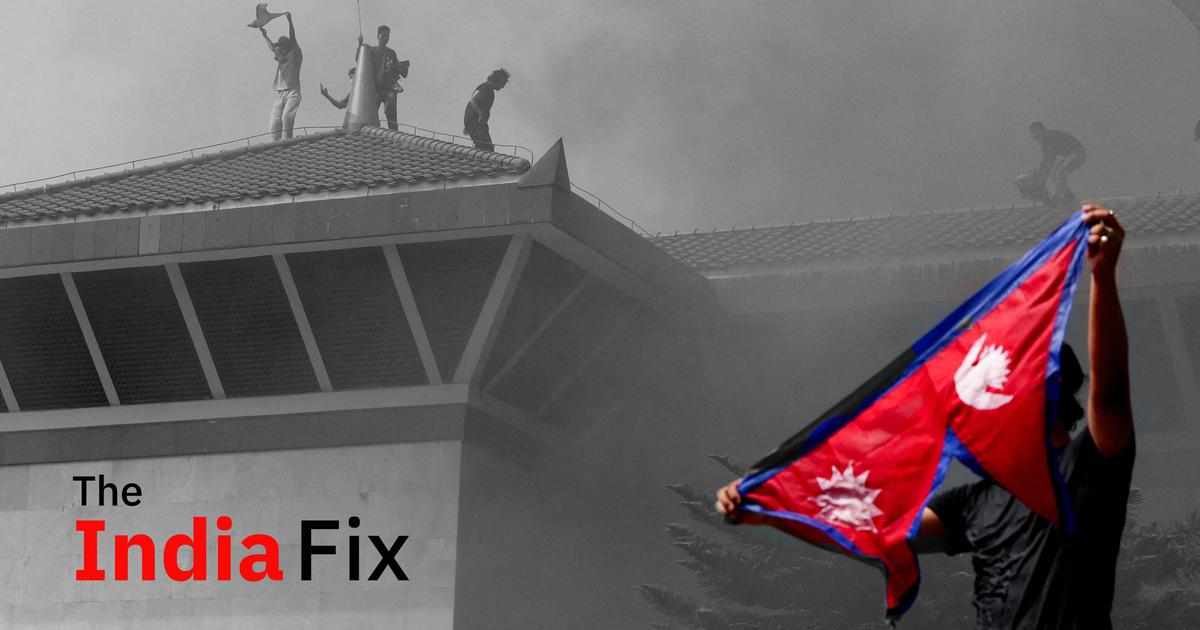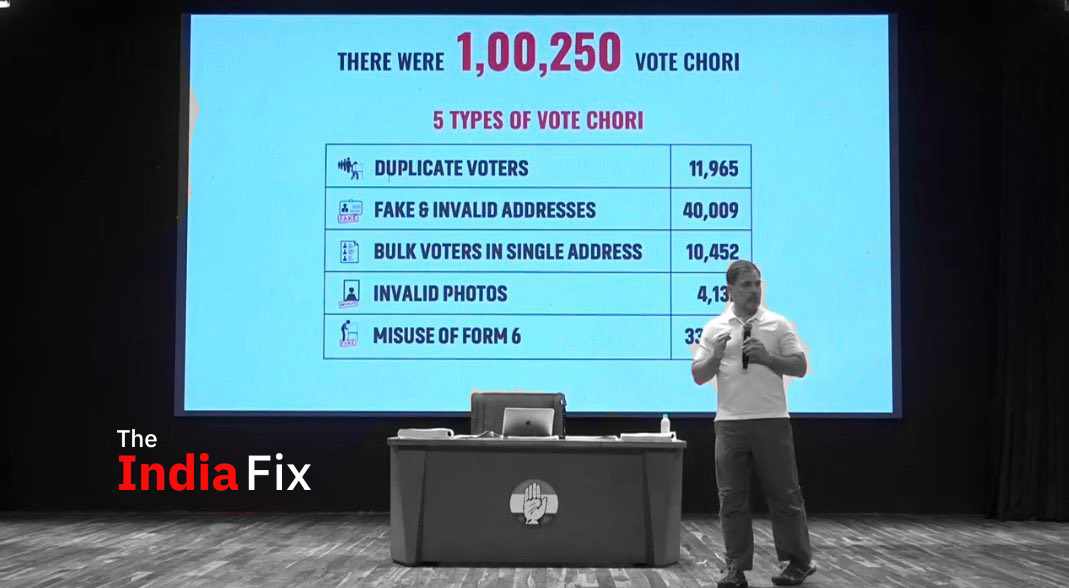
Welcome to The India Fix by Shoaib Daniyal, a newsletter on Indian politics. To get it in your inbox every week, sign up here (click on “follow”). Have feedback, interesting links or Mughal-era memes? Send them to theindiafix@scroll.in.
The National Council of Educational Research and Training has just published a revised set of textbooks. The biggest change: an entire chapter related to the Mughal empire has been dropped from the Class XII history book, relating the workings of the imperial courts.
NCERT textbooks are used by students taking the Central Board of Secondary Education examinations, which are managed by the Union government. In terms of absolute numbers, the CBSE is followed by only a small proportion of Indian high school students. But given its prestige, it often acts as a guiding light for other boards.
For CBSE students, the removal of the chapter is a loss. The 30-odd-page text is beautifully written by Najaf Haider of Jawaharlal Nehru University and provides a succinct description of how the Mughal court was extensively involved in the production of its own histories. Texts such as this offer a wealth of information not only about the a highly centralised Mughal bureaucratic empire but also about medieval India.
A partial history
Without an understanding of the Mughals, it is unclear how history students will be able to understand medieval South Asia and, especially, the Hindi belt, which was the heartland of the empire. To take one example of how tightly the Mughals are woven into subcontinental culture, biographers of Tulsidas tell of a meeting between the Vaishnav poet-saint and Emperor Akbar. While probably apocryphal, given that in the tale, Akbar is impressed by Tulsidas’ power to work miracles, it illustrates how important the Mughal state was even for cultural and religious figures.
Similarly, in 1857, when the sepoys of the British East Indian Company revolted, they rushed to Delhi to solicit the Mughal stamp of approval, even though by that time, the emperor was powerless.

However, the effects of the deletion of this chapter will not be limited to students. The demonisation of Mughals is a core part of Hindutva, India’s ruling ideology that now stands on a nearly equal footing with Indian nationalism itself. As Hindutva’s chief ideologue Vinayak Savarkar laid out, Hindutva sees Muslims and Christians as perpetual outsiders in India. Attacking the Mughals is a key part of how Hindutva imagines Hindus as victims as victims even though they are the majority in India.
While mainstream historians recognise the British Raj as a colonial period, Hindutva supporters extend this idea back much further. In 2014, for example, the newly elected Prime Minister Narendra Modi spoke of India having undergone “1,200 years of slavery”, presumably dating the country’s colonial age to the eighth century Arab conquest of Sindh in modern-day Pakistan. Framing India’s colonial experience as the longest-ever in the world provides a powerful source for Hindutva to draw on for its politics of victimhood.
Though this is ahistorial, it has paid rich dividends for the Bharatiya Janata Party. The constant ideological battle over India’s medieval period has provided powerful ideological buoyancy to the BJP that other other parties have found difficult to counter. This nationalist debate over history, in turn, has allowed the BJP to paper over economic and social fault lines that would have easily felled less ideological governments such as the United Progressive Alliance.
Lack of history
Of course, the battle for history will have much longer-term consequences than merely a few elections.
For one, the attack on the Mughals remakes the idea of India, casting it as a Hindu state. For a sovereign to be legitimate to Hindutva supporters, the ruler has to have been Hindu. This obviously rules out the Mughals and the many sultanates that dotted South Asia from Bengal to the Deccan. In some ways, it also excludes the Buddhist Ashoka. Sanjeev Sanyal, one of the Modi government’s chief ideologues, has sharply attacked Ashoka for “large-scale religious persecution”. (This analysis leaves out Hindu kings, who on the matter of, say, caste, are not held up to modern standards.)
In an even more fundamental way, however, these omissions will end up reshaping the foundation of the Indian state. Modern nation-states are, as the theorist Benedict Anderson suggested, based on “imagined communities” that share most commonly a language or, in some cases, religion. However, they also look back to historical states to legitimise themselves.
Modern China, for example, is a state with the Han ethnicity as its majoritarian core. Yet, it takes great care to include non-Han dynasties as a legitimate part of the historical Chinese state. The final Chinese dynasty, for example, are the Qing who were not Han but from the minority Manchu ethnicity. Yet, modern China includes them as legitimate emperors of China. It views the Mongol Yuans who ruled it the same way. (As it so happens, the word Mughal is a Persianised form of Mongol and the Mughals proudly noted the fact they descended, on the maternal side, from Genghis Khan).
This is not only catholic. It is a clever part of state formation. It allows China to project the myth of an unbroken history of thousands of years. It is also a powerful historical weapon for Beijing to wield in international affairs. For example, China’s claim to Tibet is based on the region’s conquest not by any Han king but by the Mongols. It now this to justify its occupation of significant swathes of Indian territory.
Hobbling India
In contrast, India is currently in an odd situation. Legally, modern India is a successor state of the British Raj – universally seen as a foreign-controlled, colonial state. But while the British might offer some legal justifications, modern India clearly would not want to claim inspiration from Britain’s Indian empire.
Till now, Indian nationalists could fall back on the Mughal empire. The powerful medieval state, at its height, covered a large section of territory that now forms part of the Indian Union. However, if the Mughals too are branded as a colonial power, the modern Indian state has nothing to offer as medieval equivalent. Unlike the Chinese, who can easily deploy the Mongol conquest of Tibet, the current Indian government will not be able to use the powerful argument that Ladakh has been a part of India since the Mughals integrated it in the seventeenth century.
To understand how powerful this history is for state building, it is worth noting that even Modi has, for a decade now, used the Mughal Red Fort in Delhi as a backdrop for state functions such as Independence Day. In 2021, when farm protestors stormed the Red Fort, harking back to Sikh oral histories of attacks on Mughal Delhi, there was widespread outrage in Hindutva circles: given the continuities between the Mughal state and the modern Indian Union, they saw the Red Fort as an Indian symbol.

Space for a non-Delhi history?
While the erasure of the Mughals might present problems in extending the Indian state back in time, it may inadvertently address a long-highlighted problem: the lack of texts that correctly portray the subcontinent’s diverse political pasts.
Given that much of medieval North Indian history overlaps with Mughal history, it was easy to give the dynasty the lion’s share of historical space. However, other states in India have their own histories that often diverge sharply from Delhi’s. With the gradual erasure of the Mughals and the pan-subcontinent history they so easily portrayed, the Indian Union’s many states and communities may finally have the opportunity to tell their own rich histories.






















Write a comment ...